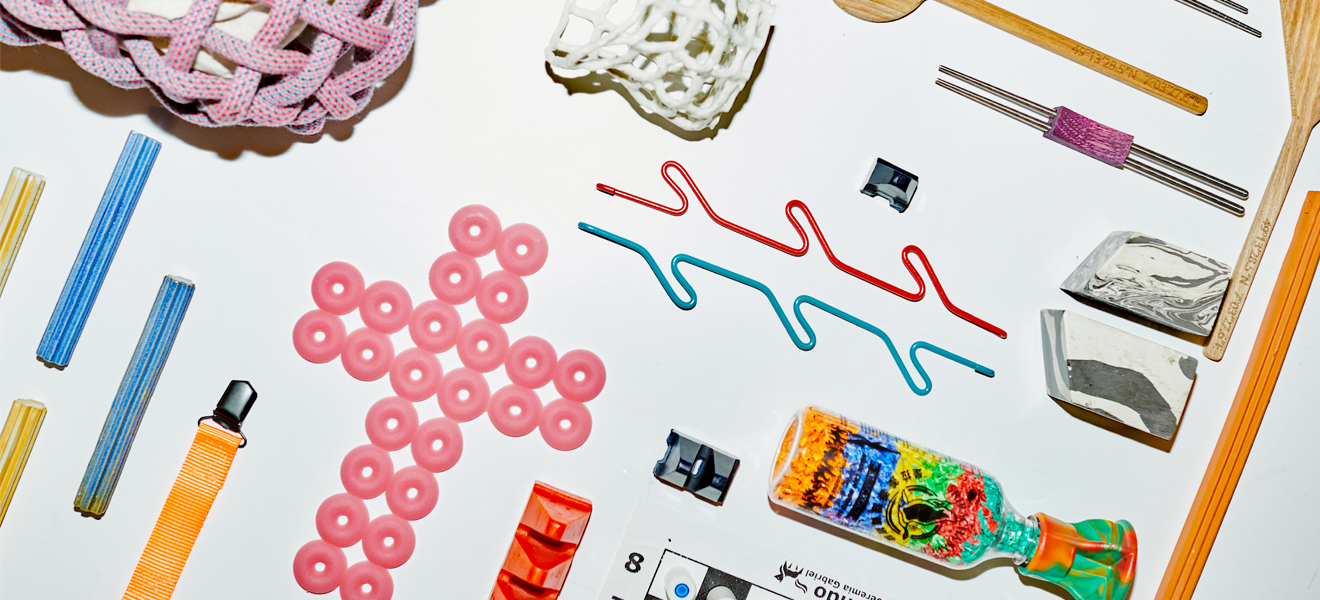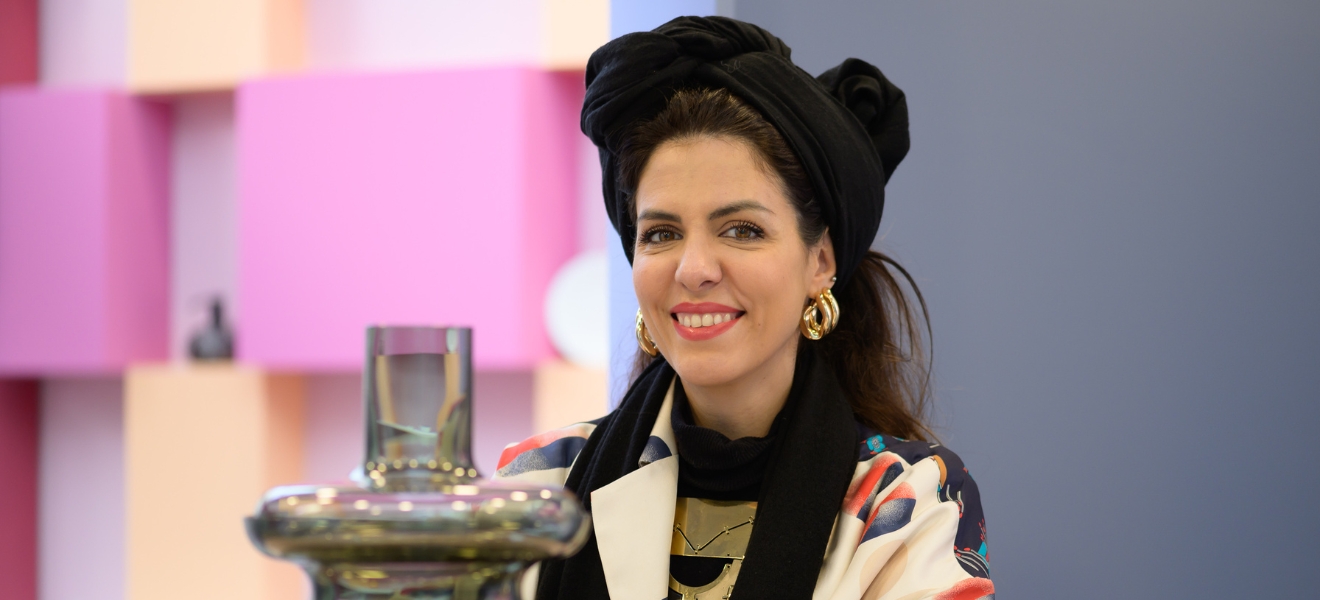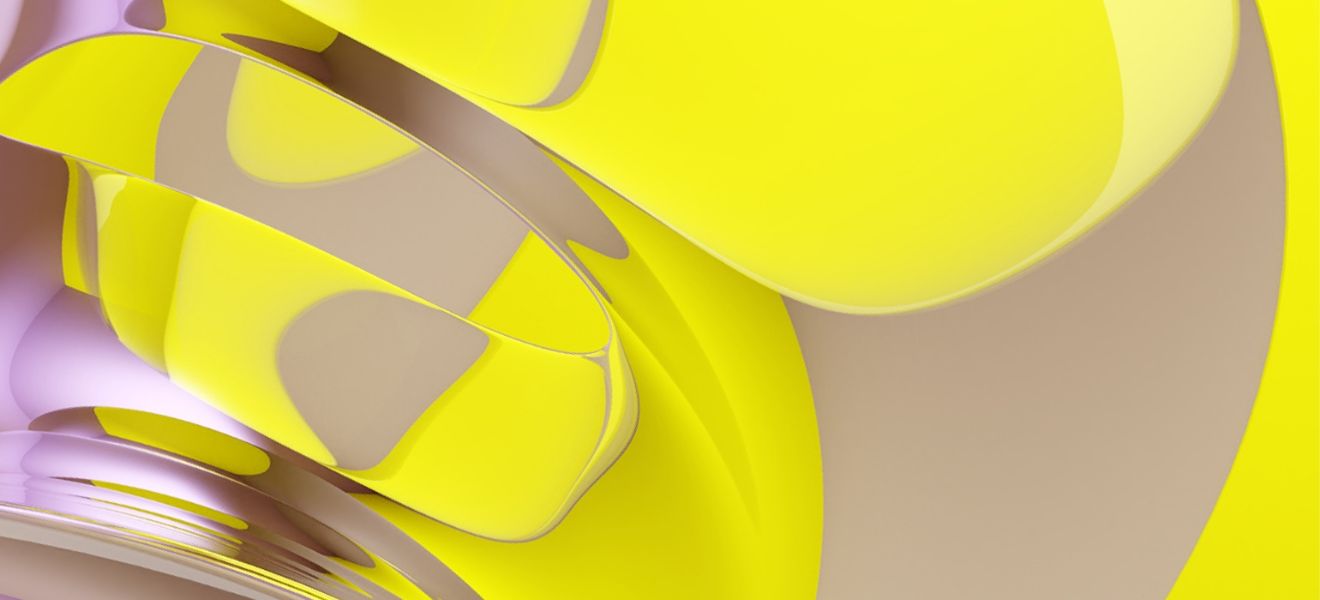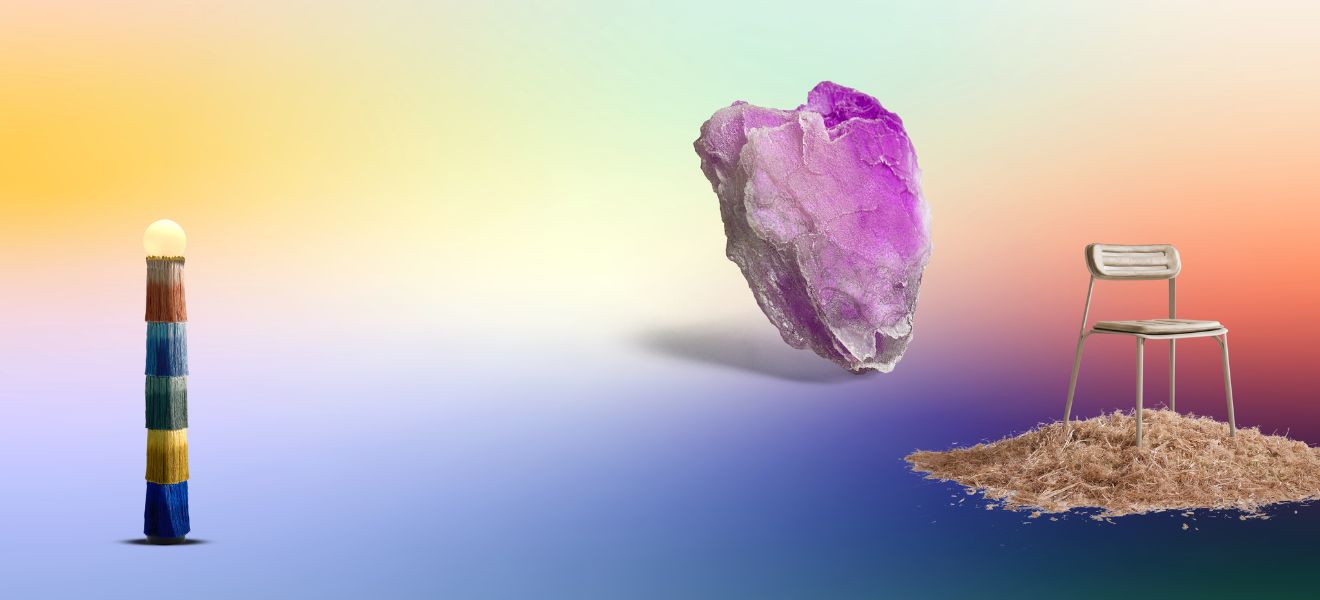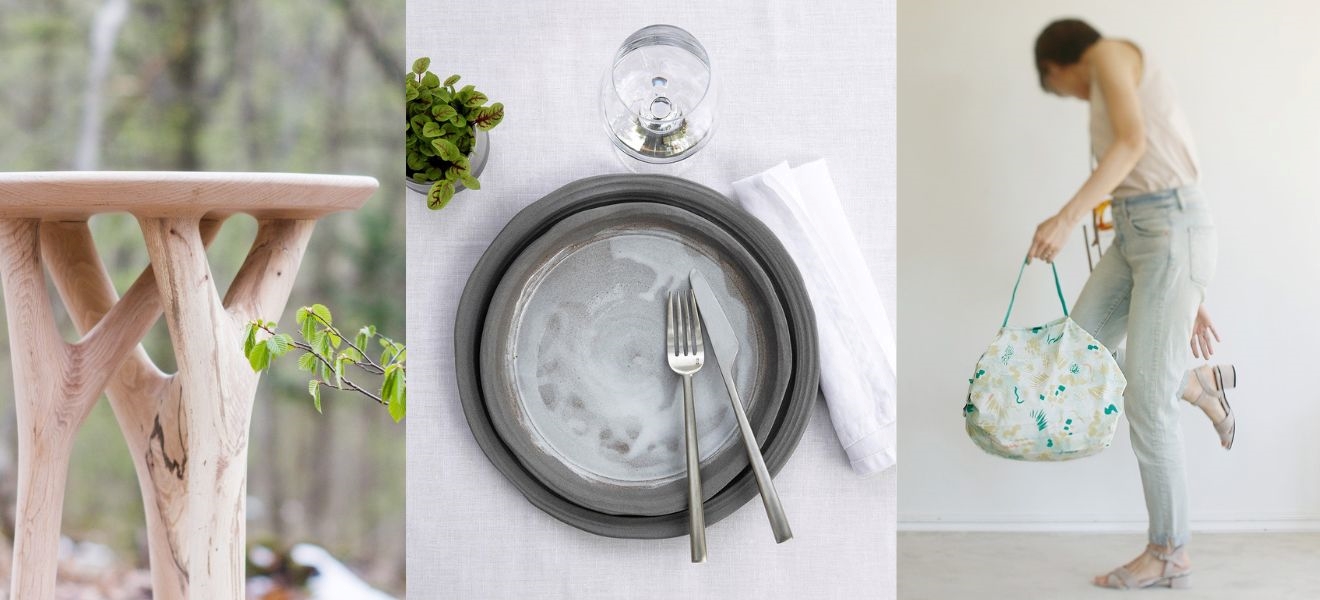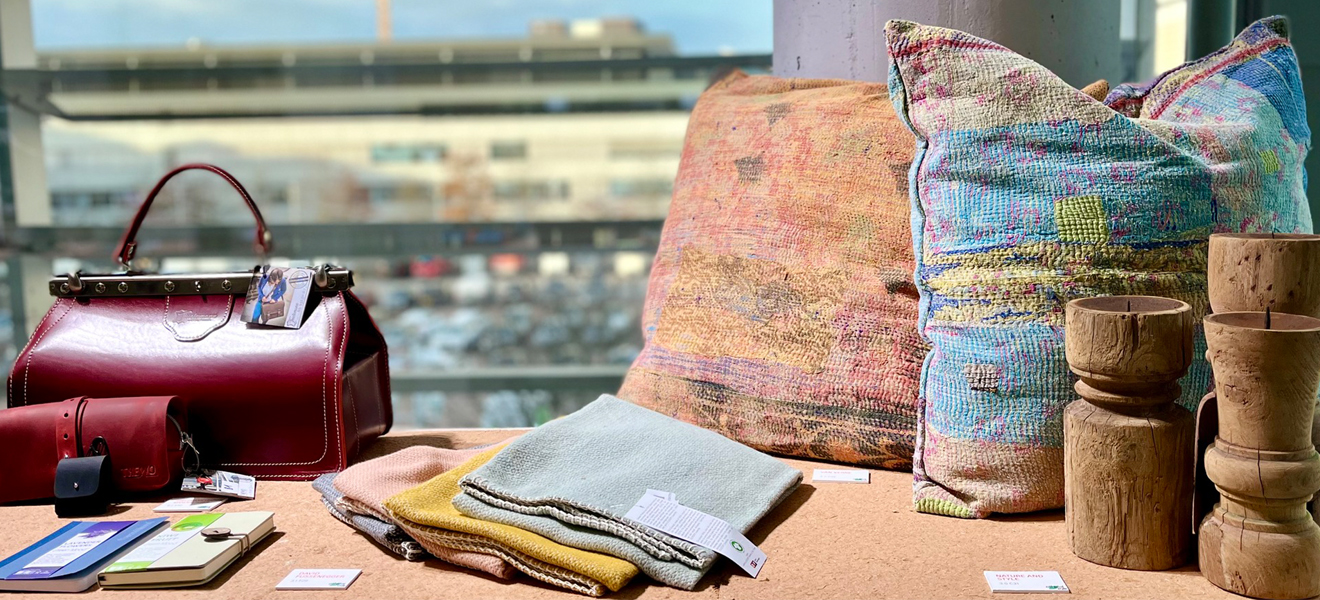Many Scandinavian design objects have achieved cult status over recent decades. Hoptimists ‘Bimble’ and ‘Bumble’, two cheeky, springy little characters, are just one example. When furniture designer Gustav Ehrenreich created these happy chappies almost 50 years ago, he used the most innovative material of the time: plastic. In 2009, Danish couple Lotte and Bo Steffensen decided to resurrect the figures and add new members of the family. It was soon apparent that they were onto a winning idea.
Popstar Kylie Minogue has one. Queen Margrethe of Denmark is given a new one every year. And if you look closely during Ridley Scott’s science fiction film “Alien”, then you can see one in the spaceship. We’re talking about Hoptimists. Just give it a slight push and the Hoptimist bobs happily around. And he’s smiling. This little Danish chap exudes a sense of calm and contentment, say his creators. Indeed, he’s a phenomenon. A fun figure with a metal spring, always optimistic. Art historian Lotte Steffensen has transformed the almost forgotten classic into a global bestseller. She came along to Ambiente with the entire family of Hoptimists.
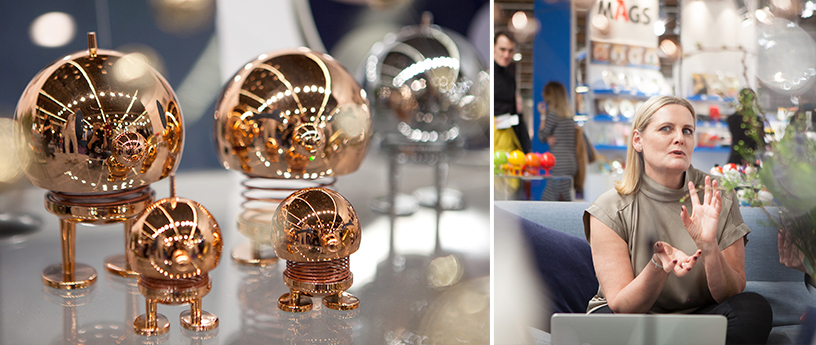
Hello Lotte. How many Hoptimists do you own yourself?
“Fewer than most people think! I’ve actually only got a few in my office. They encourage me to think positively.”
What’s the secret of your wiggling family?
“Our company’s slogan is ‘Feel the Joy’. The figures don’t have a function in themselves. They’re there to make people smile. We started launching them at a time when the recession was at its worst. The future looked anything but rosy. But we were confident. They’re our happiness ambassadors.”
Your Hoptimist family has really grown. What’s new?
“‘Bumble’, who’s male, and ‘Baby Bumble’ now have a big brother, an extra-large version in bright red, turquoise and fresh lime, which are our bestselling colours for our other figures. In addition, we’ve got seasonal characters – one with reindeer antlers, one with rabbit ears. The versions with a small crown could come from a fairy tale: they’re modelled on a frog. All the figures are designed to be symbols of joy. And the family is still growing.”
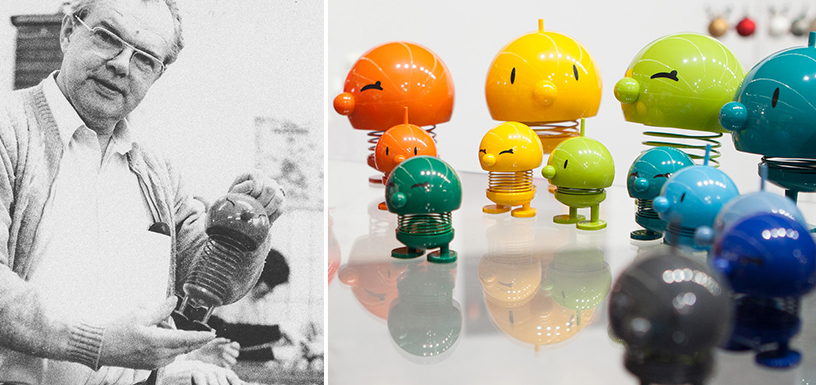
Isn’t the basic design slightly retro?
“Hoptomists were a big thing in Denmark during the 60s and 70s: lots of children were given them as presents. Production stopped in 1974. Those children are now adults, and when they see the figures again – in new colours and made from wood or in a copper-effect material – it brings back happy memories for them. That’s definitely part of the Hoptimists’ success. Incidentally, we use the same plastic as the famous Lego bricks. Retro? Hoptimist are more than retro. We’ve further developed these classic little guys in line with Gustav Ehrenreich’s original ideas and they’re still manufactured in Denmark with most of the work done by hand. Even ‘Birdie’, the original bird made from walnut wood that Ehrenreich designed in 1968, is extremely popular in its relaunched form.”
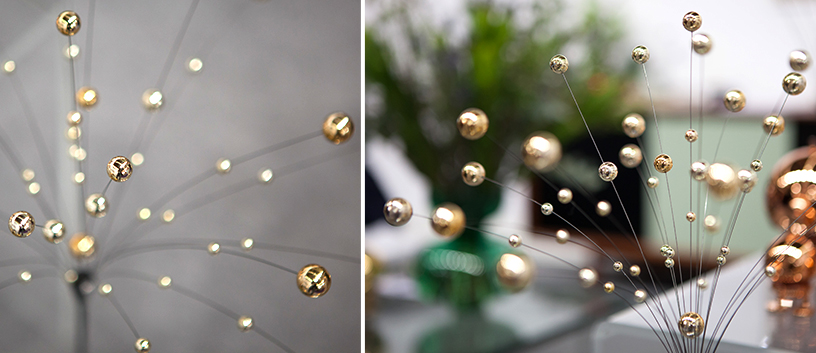
Talking of the 1970s, these space-age ball mobiles look familiar …
“Do you mean Conny Brozek’s design? It brought the Danish designer global fame in the 70s. He created the mobile way back in 1964. Like the original, our relaunched product has balls that are attached to spring rods which oscillate, moving like a pendulum around the central point. The balls remind you a little of champagne bubbles in a glass, don’t they?”
That’s true, Lotte! Thank you very much for the interview!
In our view, Hoptimists stand for everything that’s great about Danish design, sustaining its well-established revival – they’re uncomplicated, timeless and optimistic. All attributes that our world today needs. The same goes for Kay Bojesen’s wooden monkey, an even older classic toy from Denmark. Its smile brings joy – whether in a child’s bedroom or in an office. After all, nothing is as infectious as laughing and happiness. It’s no coincidence that Denmark is regularly voted one of the world’s happiest countries

